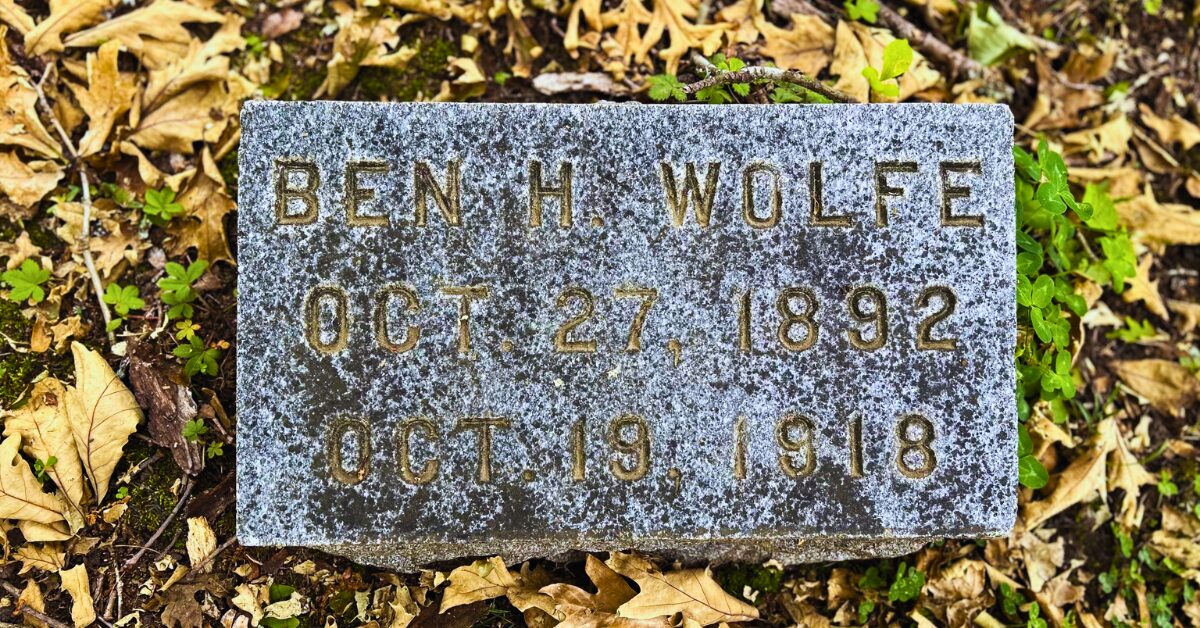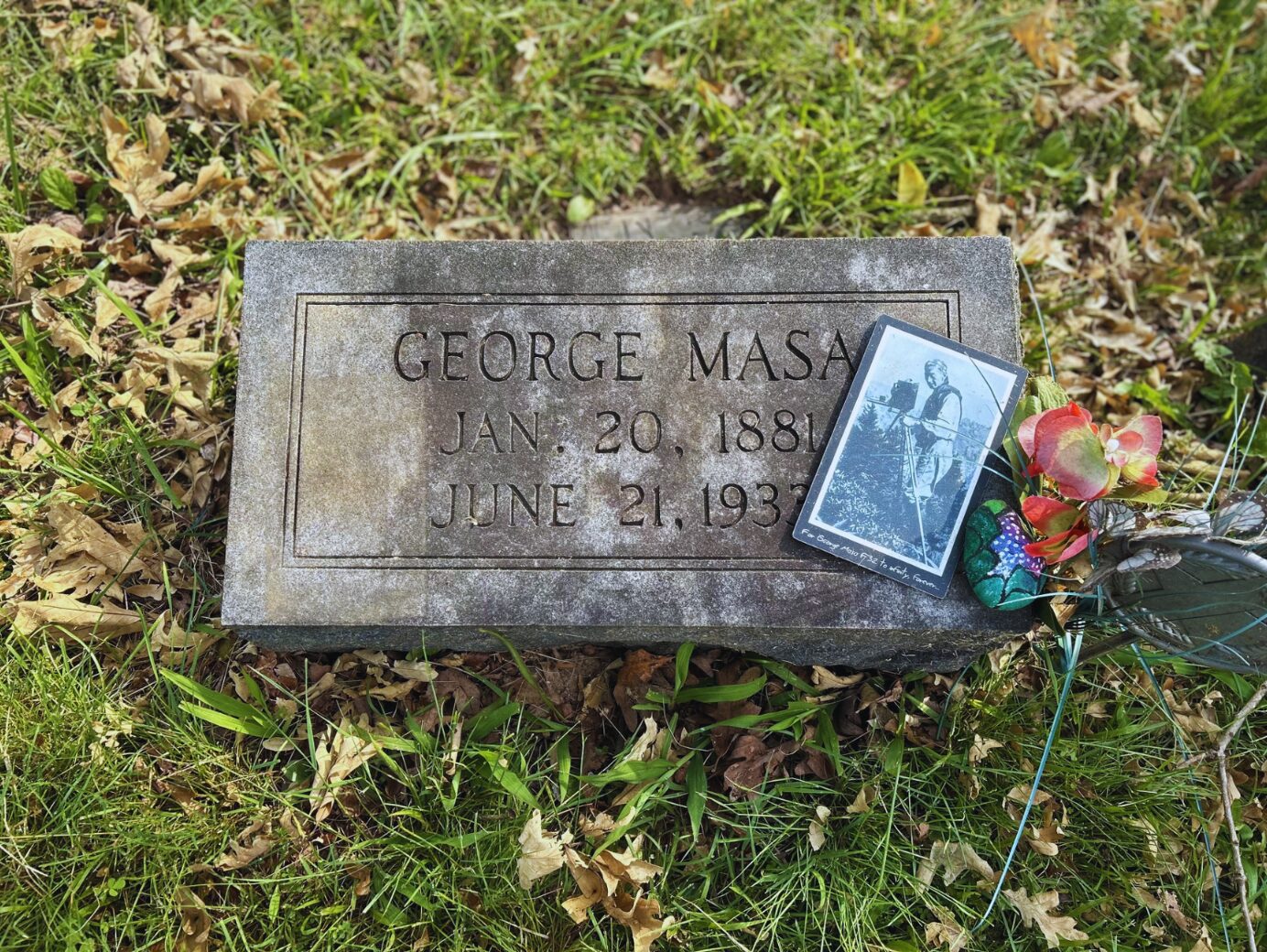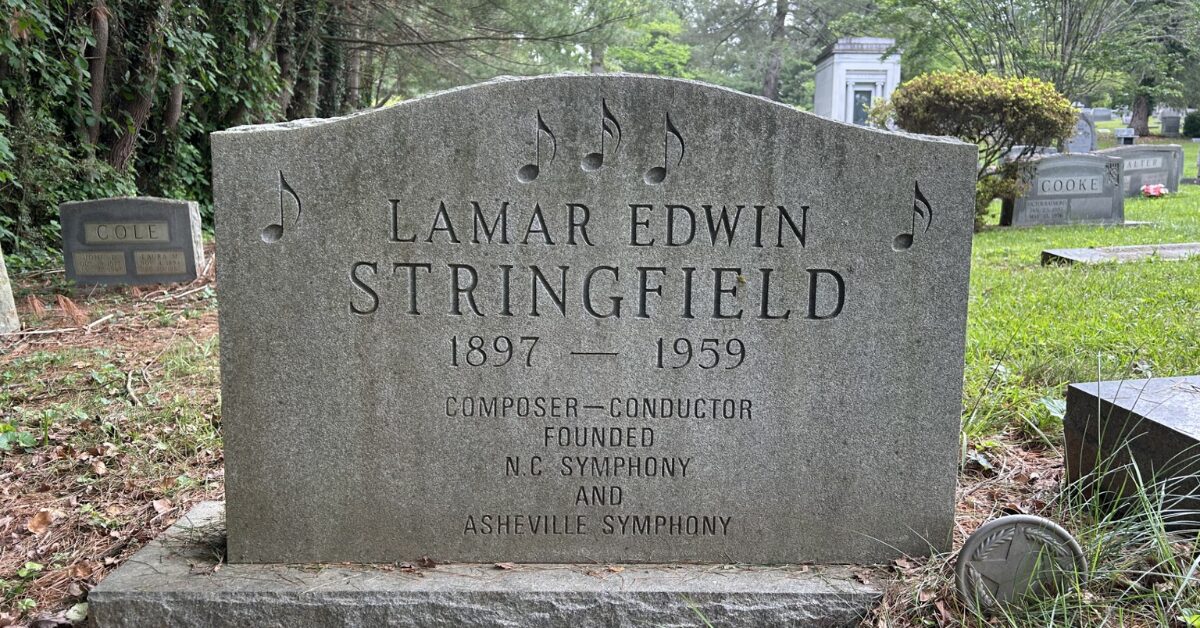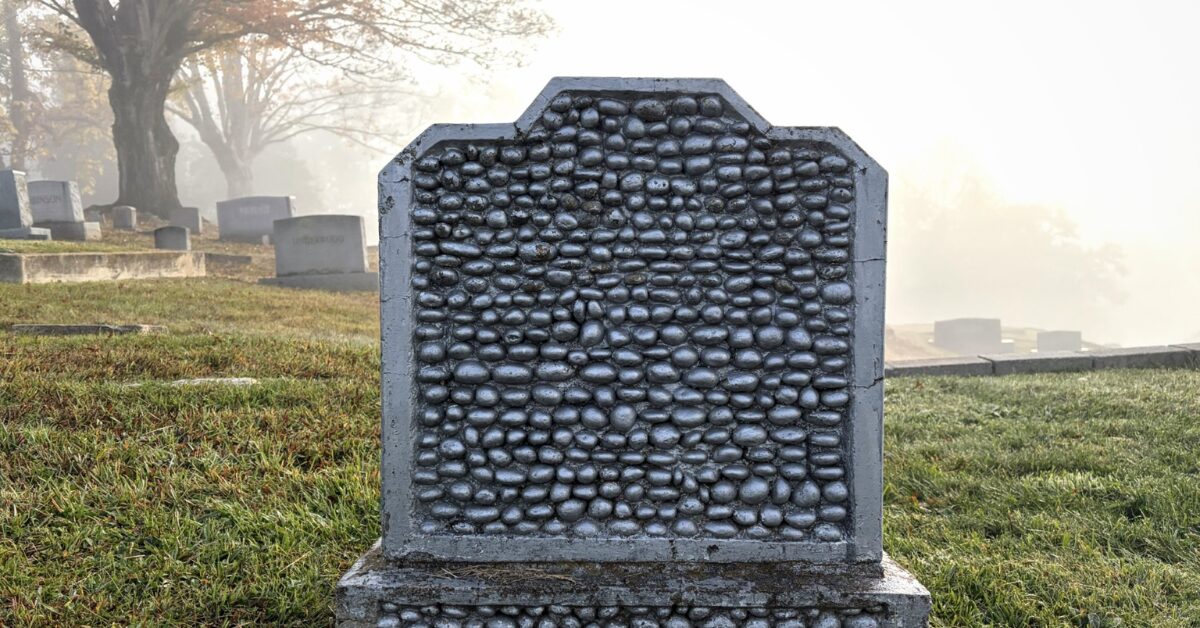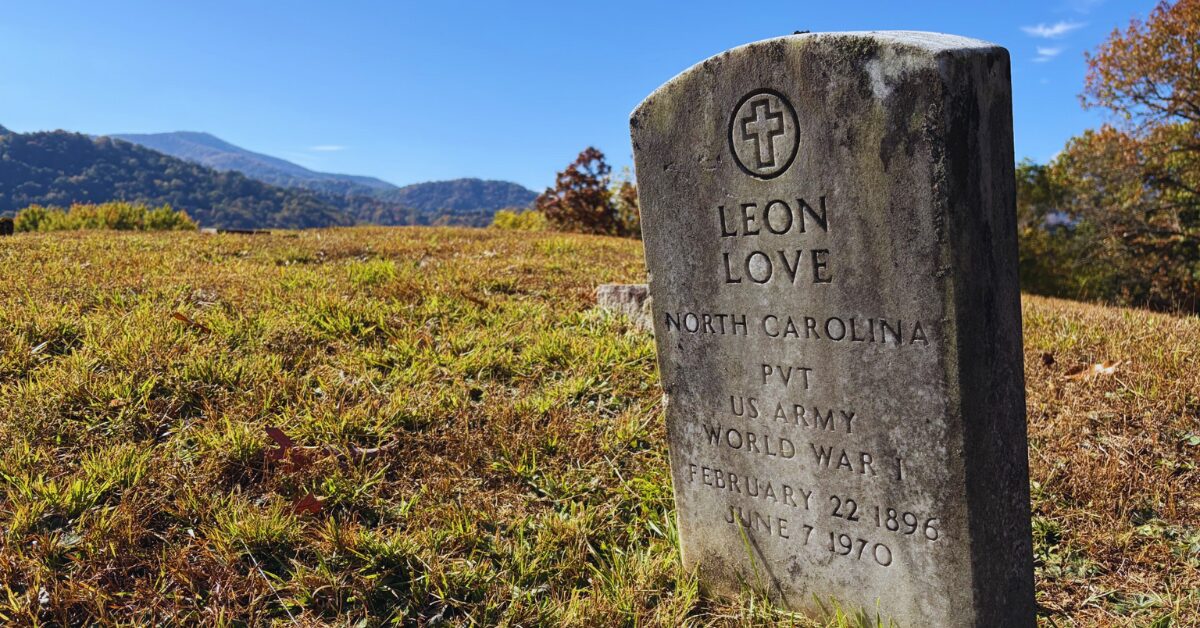EDITOR’S NOTE: Strangeville explores the legends, folklore, and unexplained history of Western North Carolina. From Cherokee mythology and Appalachian ghost stories to Bigfoot sightings and UFO encounters, the Blue Ridge Mountains have long been a hotspot for the strange and mysterious. Join us as we dig into the past and uncover the truth behind the region’s most curious tales.
ASHEVILLE, N.C. — The Queen Anne–style Victorian house on North Market Street looks peaceful now. Yet locals say the Old Kentucky Home, known today as the Thomas Wolfe Memorial, still holds traces of the lives that once filled it.
The home was built in 1883, when Asheville was growing from a mountain town into a thriving destination for travelers seeking mountain air and new beginnings. Today, it stands as one of 28 North Carolina State Historic Sites, preserving the atmosphere of early 20th-century boardinghouse life.
Julia Wolfe bought the property in 1906 and turned it into a boardinghouse. She opened its doors to strangers, salesmen, and visitors. Thomas Wolfe immortalized the house in his novel Look Homeward, Angel, describing it as a “dirty yellow” building, a vivid phrase that captures its weathered, lived-in character.
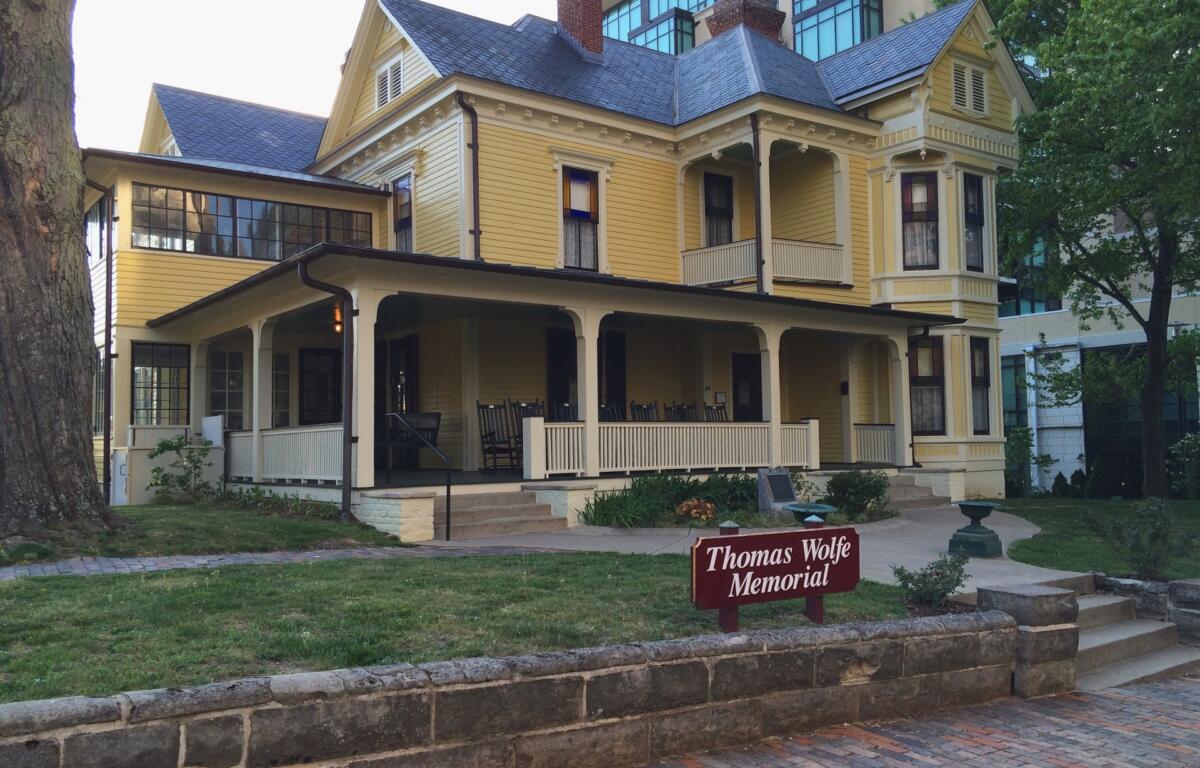
The house held joy, work, and endless motion, but it also held loss. In 1918, influenza swept through Asheville. Thomas’s older brother Ben fell ill and died in an upstairs bedroom at the age of twenty-six. His death struck Thomas harder than any event of his youth. In Look Homeward, Angel, he wrote of Ben’s final hours with heartbreaking clarity, recalling the stillness of the house and the sense that time itself had stopped. The novel turned that private grief into something universal, a reminder of how a single room can hold both love and sorrow.
Visitors to the Thomas Wolfe Memorial often pause outside the room where Ben died. Some say they can feel a chill in the air or hear faint footsteps crossing the upper hallway. A few have spoken of quiet knocks from the walls, or the sound of a typewriter coming from a closed room. One account tells of a figure glimpsed at an upstairs window after dark, a man in period clothing who seems to vanish when approached.
Many of these experiences have become part of local lore, with some believing Julia Wolfe still keeps watch over the home or Thomas Wolfe has not entirely left the place where his imagination took shape.
Skeptics point to the creaks and sighs of an old Victorian house. Wood contracts in the mountain air. Windows rattle with the passing of vehicles along nearby streets. Yet even those who do not believe in ghosts often speak of the strange weight of memory that settles over the rooms. The boardinghouse once held nearly twenty people at a time, each leaving a trace behind.
The Thomas Wolfe Memorial now stands as both a state historic site and a National Historic Landmark, preserving a faithful picture of early twentieth-century boardinghouse life.
Visitors walking through the rooms today see Julia Wolfe’s parlor, Ben’s bedroom, and the spaces that shaped one of America’s most gifted writers. Some come for history, others for literature, and a few to see if there is any truth behind the lore of Old Kentucky Home, which remains one of Asheville’s most enduring landmarks. It is a house built of memory, loss, and family ties that never quite fade. The stories of its residents and its ghosts blend together, creating something that feels both real and imagined.
Thomas Wolfe once wrote, “The dead are not far away. They are very near.” The people who knew this house best may still wander in the quiet spaces between its walls, a reminder that home is never just a place, but everything and everyone it holds.



